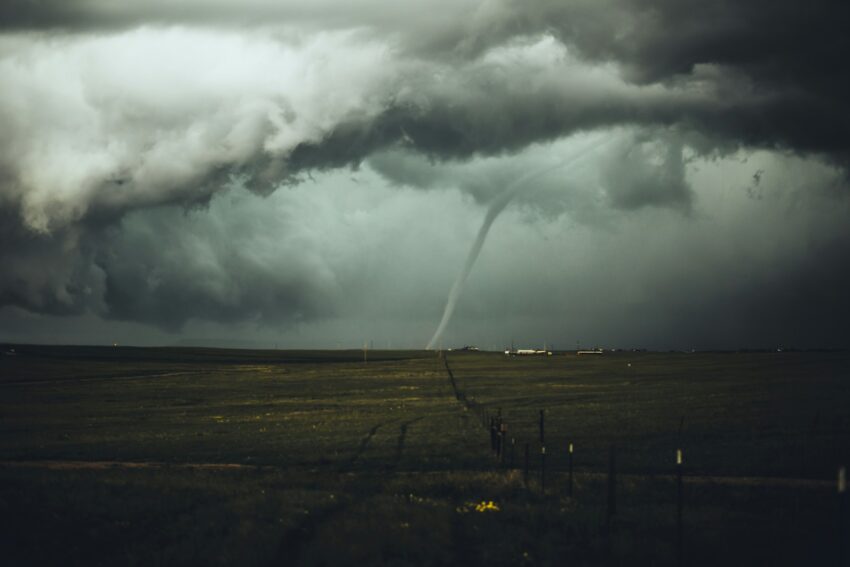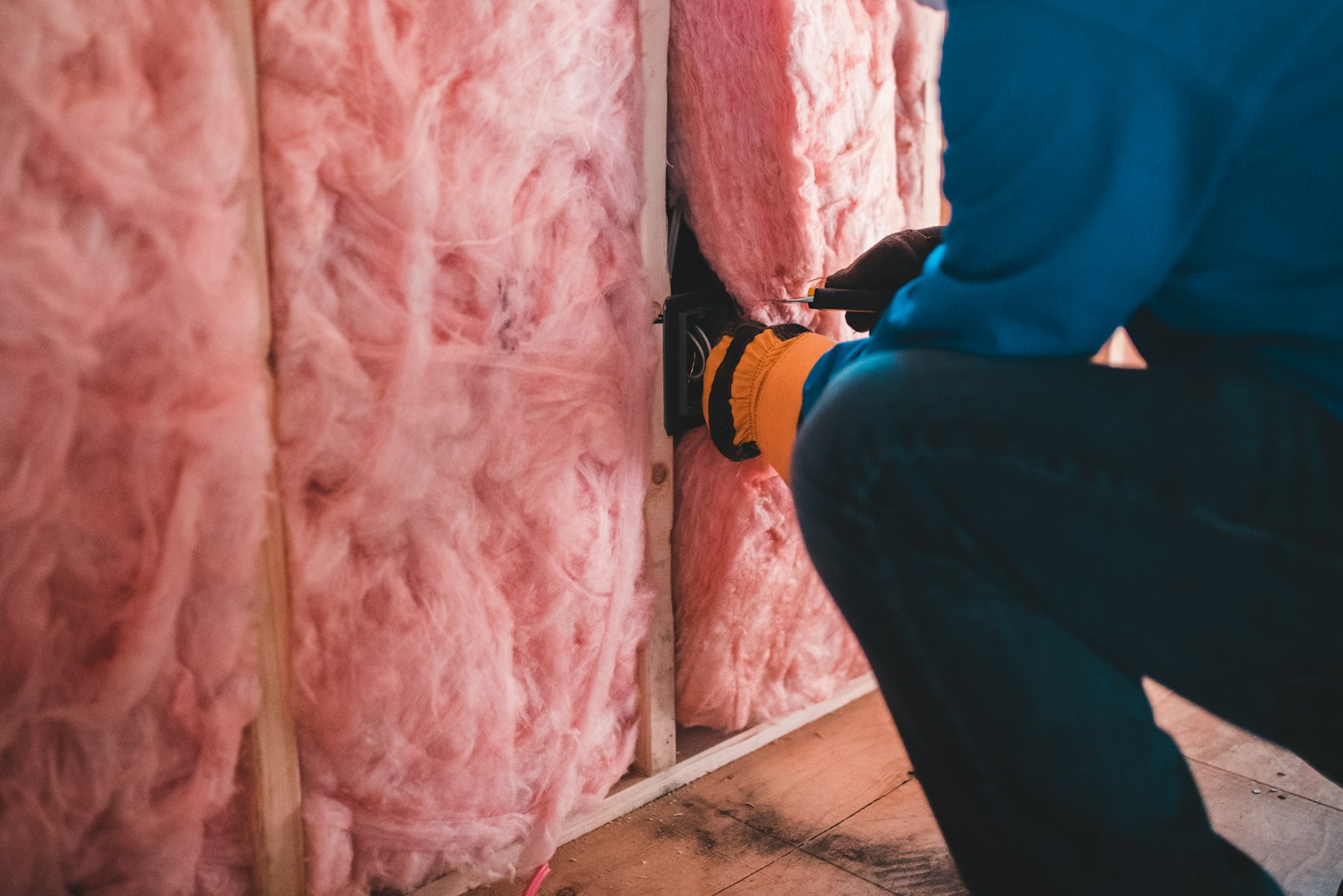Navigating the aftermath of a tornado can be an overwhelming and daunting task for any homeowner. The chaos and destruction left in the wake of such a powerful natural disaster can seem insurmountable. However, understanding the steps to take immediately following a tornado can significantly impact the recovery process, both in terms of physical repairs and emotional healing. This guide aims to equip homeowners with the essential knowledge and strategies for dealing with the aftermath of a tornado, providing a roadmap for restoring normalcy to their lives and property.
Seeking Support and Professional Help
The emotional toll of experiencing a tornado and dealing with its aftermath should not be underestimated. Seeking support from community resources, counseling services, or support groups can provide emotional relief and practical assistance. Sharing experiences with others who have gone through similar situations can be incredibly comforting and beneficial.
Professional help for repairing and rebuilding your home is also essential. Hiring licensed and reputable contractors with experience in disaster recovery can ensure that repairs are done safely and efficiently. Be wary of scams and always check references and credentials before making any commitments. Taking these steps can help you rebuild not just your home, but also your life, with resilience and hope for the future. You can find tornado damage recovery in Kansas or other areas by searching for local disaster relief organizations or contacting your insurance company for recommendations. It is important to act quickly and carefully when choosing professionals to help with your tornado recovery.
Assessing the Damage
After ensuring the safety of all household members and pets, the first step is to assess the damage to your property. It’s crucial to approach this task with caution, as hazards such as downed power lines, gas leaks, and structural damage can pose serious risks. Documenting the extent of the damage with photos and notes can be invaluable for insurance claims and repair quotes. If it’s safe to do so, securing your property by covering broken windows and damaged roofs can protect your home from further damage due to weather exposure.
When assessing damage, prioritize areas that are critical to the structural integrity of your home. This includes checking for signs of foundation cracks, wall collapses, or significant roof damage. Seeking the expertise of professionals to conduct a thorough assessment and make temporary fixes can prevent long-term issues and ensure your home’s stability.
Initiating the Clean-Up Process
The clean-up process can be both emotionally taxing and physically demanding. Before starting, it’s important to wear protective clothing, including gloves, boots, and masks, to safeguard against potential hazards hidden among the debris. Sorting through personal belongings and deciding what can be salvaged is often a painstaking task but necessary for moving forward.
Organizing a strategic clean-up effort can streamline the process. Separating debris into categories for disposal and identifying items that require special attention, such as hazardous materials, can make the task more manageable. Local authorities often provide guidelines and services for debris removal after a tornado, which can be a valuable resource during clean-up.
Communicating with Your Insurance Company
One of the most critical steps after a tornado is initiating communication with your insurance company. Providing a detailed account of the damage, backed by photos and a list of lost or damaged property, can facilitate the claims process. It’s essential to understand your policy’s coverage, including deductibles and limits, and the timeline for filing a claim.
Keep a record of all communications with your insurance company and any receipts related to temporary repairs or living expenses if you’re displaced from your home. These documents are crucial for reimbursement and tracking the progress of your claim. Patience and persistence are key, as processing claims after a major disaster can take time.
The aftermath of a tornado is a challenging and emotional experience for homeowners. However, with the right knowledge, resources, and support, it’s possible to navigate the recovery process successfully. By seeking professional assistance, assessing damage carefully, initiating clean-up efficiently, and communicating effectively with your insurance company, you can rebuild your home and community with strength and resilience.









